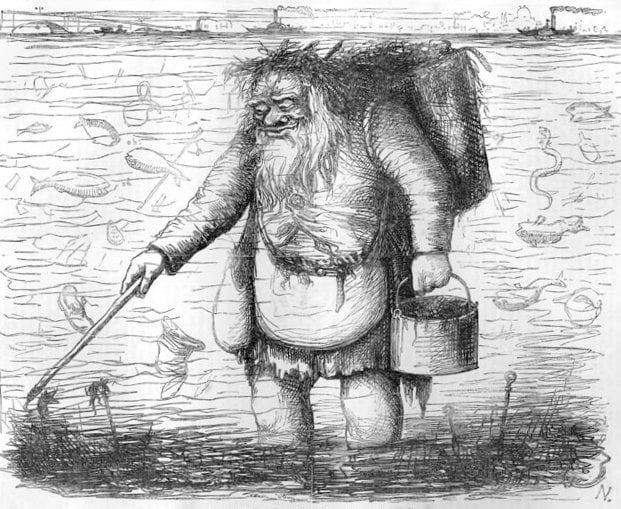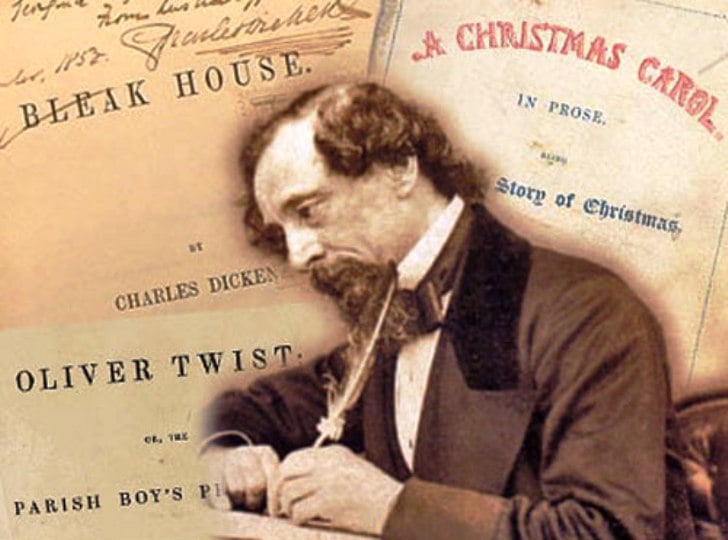During the 19th century, the River Thames served as a critical source of transportation and commerce for London. The river was a vital lifeline for the city, carrying goods and people to and from every corner of the capital and beyond.
The docks along the Thames were the lifeblood of London’s economy, and the river itself was the city’s main thoroughfare.
CHALLENGES OF THE THAMES
However, the Thames was not without its challenges.
It was heavily polluted, both from industrial waste and from the human waste that was dumped into it on a daily basis.
The water was unfit for human consumption and posed a constant threat to the health of those who relied on it.

A PLACE OF BEAUTY
Despite the dangers posed by pollution, the Thames was also a place of great beauty and inspiration.
Many of the great artists and writers of the time, including Charles Dickens, were drawn to the river and its surroundings.
Dickens famously described the Thames as “a dark and dismal river, and a dirty one, and a river that smells to heaven,” but he also saw the beauty in its “tawny lights” and “shimmering stars.”

SOCIAL INEQUALITIES
The Thames was also a stark reminder of the deep inequalities that plagued Victorian society.
On one side of the river, towering warehouses and factories housed London’s thriving industries, while on the other side, ramshackle huts and shanties housed the city’s poorest residents.
Many of these residents were watermen, who made their living by ferrying people and goods across the river, but they also lived in constant danger, as the Thames was prone to sudden floods and strong currents that could capsize their boats at any moment.
The poverty and squalor of these residents were a constant reminder of the stark disparities that existed within Victorian society.
While the wealthy lived in luxury on the banks of the Thames, the poor struggled to survive in the shadows of the grand buildings and monuments that defined the city.
THE GREAT STINK – 1858
One of the worst examples of this inequality was the “Great Stink” of 1858 when the Thames became so polluted that the smell was unbearable. The stench was so strong that Parliament had to be evacuated, and it led to the construction of London’s first sewage system.
The “Great Stink” was a turning point for the Thames and for London as a whole. It brought to light the urgent need for better sanitation and public health measures and led to significant improvements in the quality of life for the city’s residents.
THE THAMES CONTINUES
Today, the Thames continues to serve as a vital lifeline for London, and it remains a source of inspiration and fascination for people from all walks of life.
From the grandeur of Tower Bridge to the grit and grime of the docks, the Thames is a powerful symbol of the complex and ever-changing nature of Victorian London.
The enduring legacy of this iconic river serves as a testament to the ingenuity, resilience, and enduring spirit of the city and its people.
